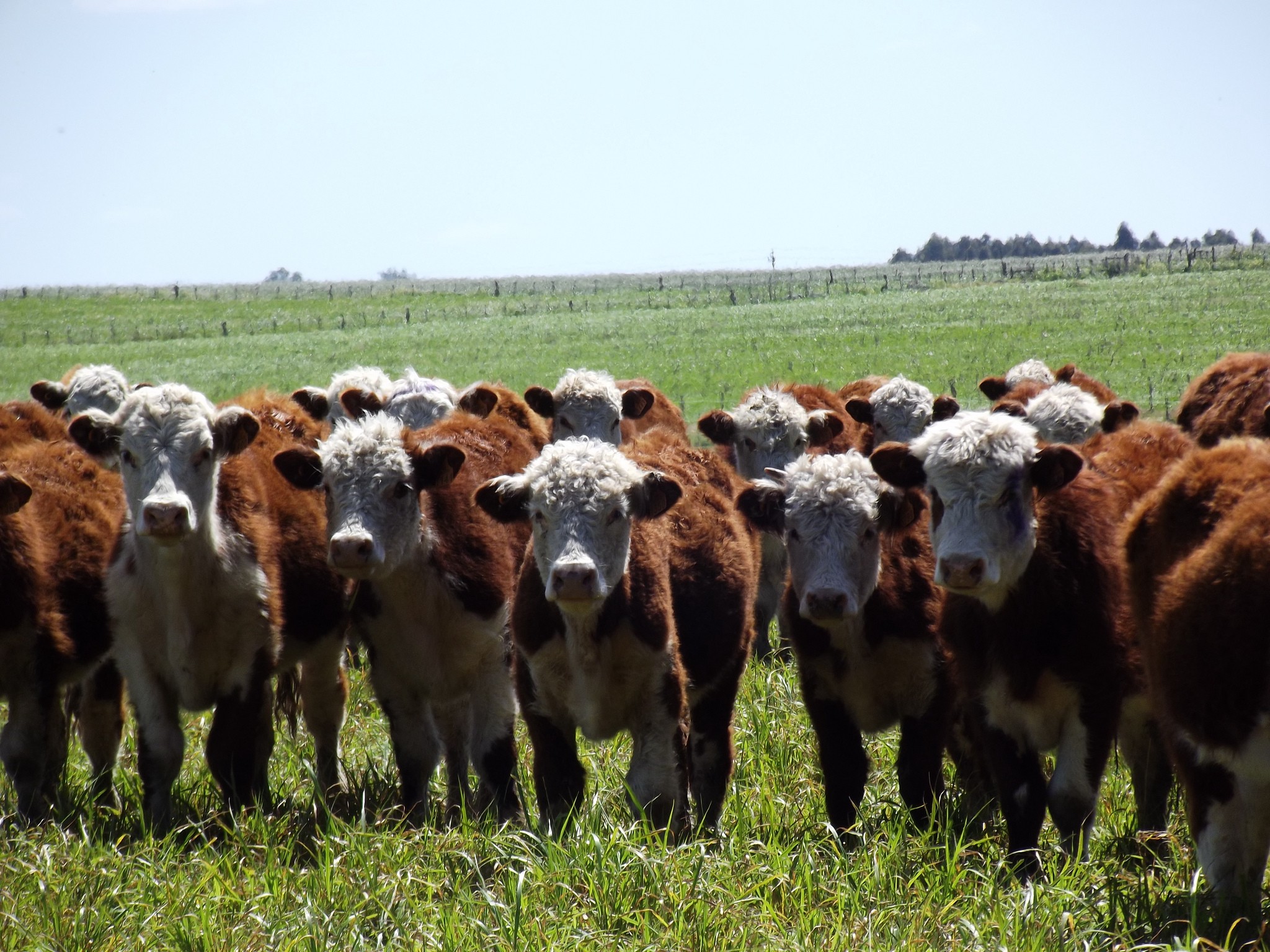

In the meat and poultry aisle of a supermarket somewhere in the United States a customer finds a cut of beef she likes: best-quality Uruguayan meat. By scanning the barcode on the label through an app on her smartphone, she is able to track when the cow was born, what the animal ate, even do a virtual tour of the farm it grew up on.
The scene is not real yet. But it could be soon. The data is there.
Since 2004, Uruguay has been experimenting with a tracking system for cattle. Information is stored on a microchip inserted into the right ear of every single one of 12 million Uruguayan cows.
The monitoring project goes hand in hand with increasingly conscious consumers’ growing demand to know the origin of their food. “This is Uruguay’s response to the consumers’ exigency to know where the meat comes from and how the cattle was brought up,” said Marcos Presa, agriculture technician and former operations manager at the National System of Livestock Information (SNIG, Sistema Nacional de Información Ganadera).
At the moment, the system follows cattle from birth until they are sold for meat, but it will eventually allow for accurately pinning every step in their lives–all the way to supermarket aisles the world over where the meat is sold. The idea is to make the information available to consumers, who will be able to access it through a swipe of their smartphones. The app is still just a concept, but the information can currently be accessed through SNIG’s website using the cow’s ID number, which can be found on its ear tag.
“The traceability system has significantly improved the livestock industry,” said Antonio Donizeti, a representative of the Inter-American Institute for Cooperation on Agriculture in Uruguay. “It increases the sector’s credibility using information and communication technologies to add value.”
Uruguay wants to take advantage of the health-conscious, grass-fed-everything generation of consumers. The South American country is in the midst of an agricultural revolution. From producing enough to feed nine million people in 2005, it jumped to feeding 28 million in 2013. The ministry calculates it could eventually sustain 50 million people annually.
“The goal is to become an “‘agro-intelligent’ country,” said agriculture minister Tabaré Aguerre during a presentation at the World Bank. “We want to make agriculture a choice for a career and not the inevitable path because you happened to be born in the country.”
Uruguay is the sixth largest meat exporter in the world, with 680 million pounds shipped out in 2013–neighboring Argentina exported 360 million pounds in the same year. Uruguay aims to use technology to grow even more, and it is not the only one. Several countries in the region, including Argentina, have expressed interest in developing a similar system; Panama started its own in 2013.
The government wants to bring the technology to all Uruguayan cattle breeders, big and small–a smart move in a country where 63 percent of producers identify as “familiar” (or part of a family of producers where the practice goes back generations).
“Uruguay’s potential for agricultural growth is also extrapolated to small producers,” said Aguerre. “The resources are available to all, whether they own 10 cows or 20,000.”


How We Get To Next was a magazine that explored the future of science, technology, and culture from 2014 to 2019. This article is part of our The Future of Food section, which covers new innovations changing everything from farming to cooking. Click the logo to read more.
